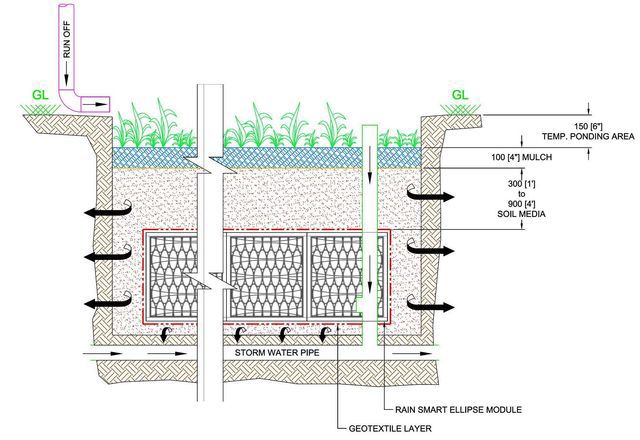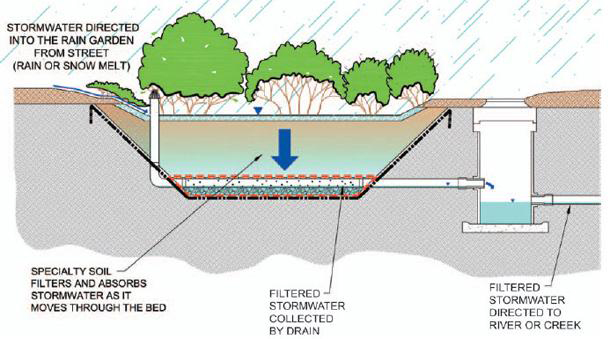what is rain garden system
Put simply a rain garden is a shallow area of ground or dip which receives run-off from roofs and other hard surfaces. A rain garden is a depressed area in the landscape that collects water from roof downspouts asphalt or sump pump discharge and allows it to soak into the ground rather than.
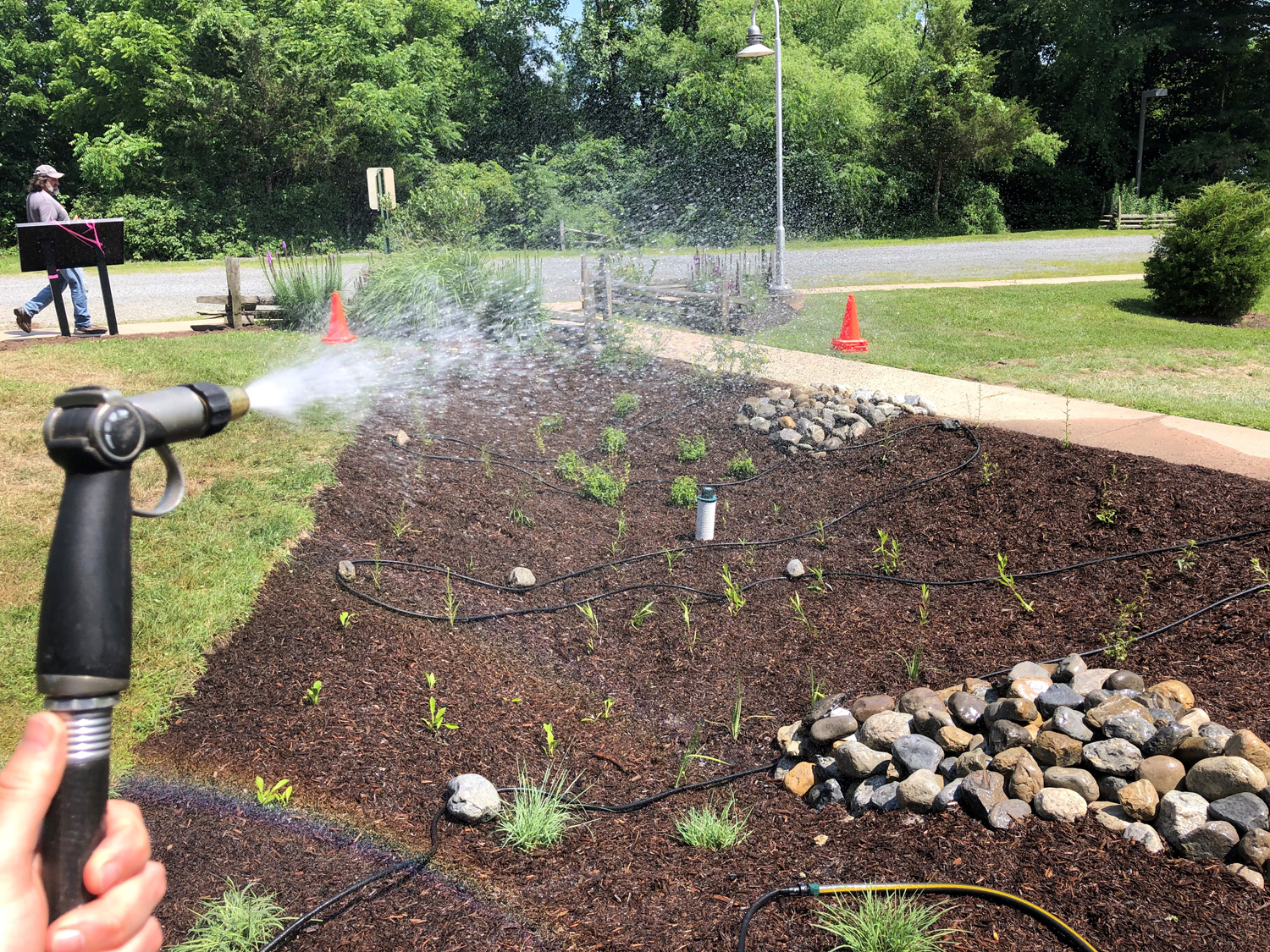
New Jersey Pinelands Commission Rain Gardens
The minimum suggested ponding depth of the finished rain garden should be 6 to 12 inches.
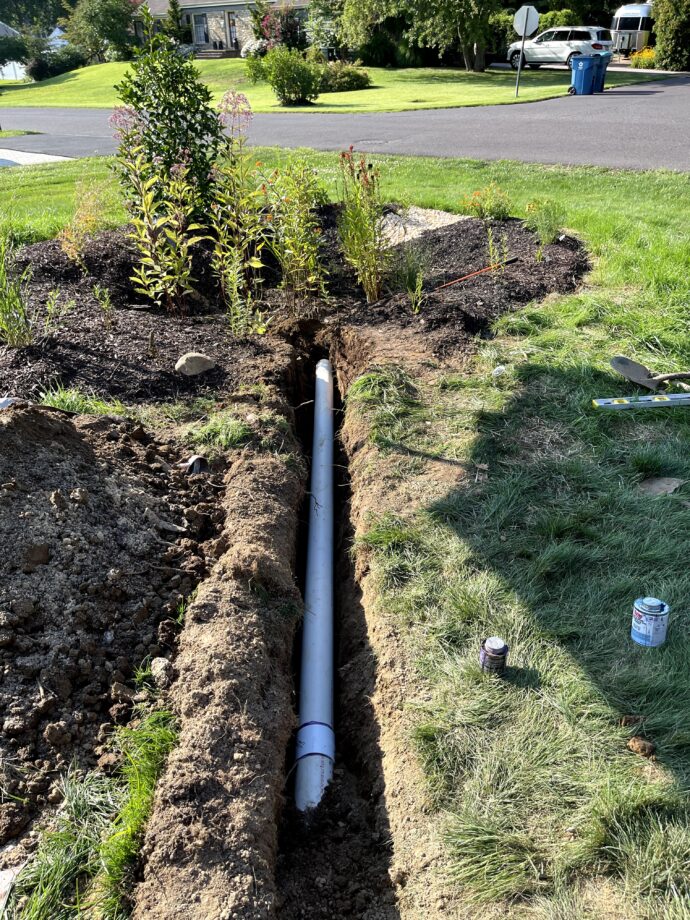
. Rain gardens also conserve water reducing the need for irrigation. Steps to Construct a Rain Garden. Mark the outlines of the rain garden.
The lowest zone is the area that will hold water the most. In spring cut the foliage back to allow for new growth. Rain gardens should completely drain within 24 hours of a rain event.
Use a measuring tape to make it six inches deep and six inches in. The water then slowly seeps into the ground instead of. It is planted with plants that can stand waterlogging for up to 48 hours at.
A rain garden also known as a bioretention cell is a small garden containing shrubs flowers and perennial plants grown in a small depression formed on a natural slope. Use a long string or white spray paint to mark the area that you have decided for the rain garden. Rain gardens help recharge ground water and reduce pollution by minimizing runoff.
Its objective is to. The rain garden can be designed in a three zone approach. Be cautious of underground.
A rain garden is a small area of garden or land that is slightly deeper than its surroundings and that collects rainwater run off from roofs and other hard surfaces. They also provide habitat for butterflies birds and other pollinators while making soil. A bioretention cell is a stormwater best management practice BMP designed to capture and treat the first flush of runoff from impermeable surfaces.
Use a shovel to dig a hole. Rain gardens are a beautiful and colorful way for homeowners businesses and municipalities to help ease storm water. Do the test the day after a rain when the soil is saturated in the spot where you want the garden.
A rain garden is a garden that is specifically designed to collect and absorb rain water from roofs driveways and other hard surfaces. Compared to a conventional lawn rain gardens allow for. Rain gardens are effective in removing up to 90 of nutrients and chemicals and up to 80 of sediments from the rainwater runoff.

Carlos Street Rain Garden Interpretative Sign San Francisco Estuary Institute
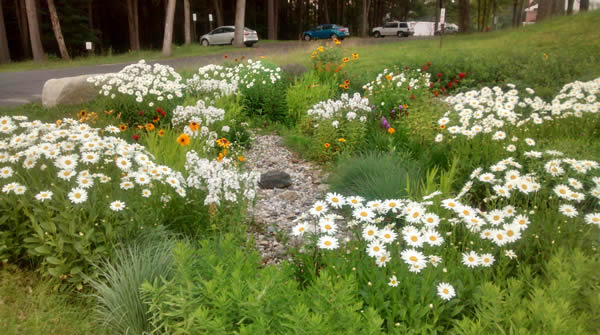
Soak Up The Rain Rain Gardens Us Epa

Green Infrastructure Rain Gardens Thewatershed Org
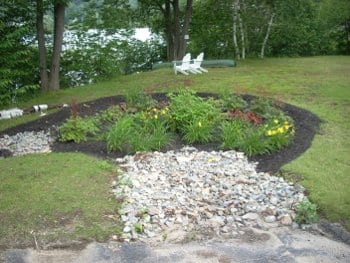
What Is A Rain Garden Ecological Landscape Alliance

Rain Gardens Green Roofs And Infiltration Systems 6 6 25 Water Download Scientific Diagram
Build A Rain Garden 12 000 Rain Gardens
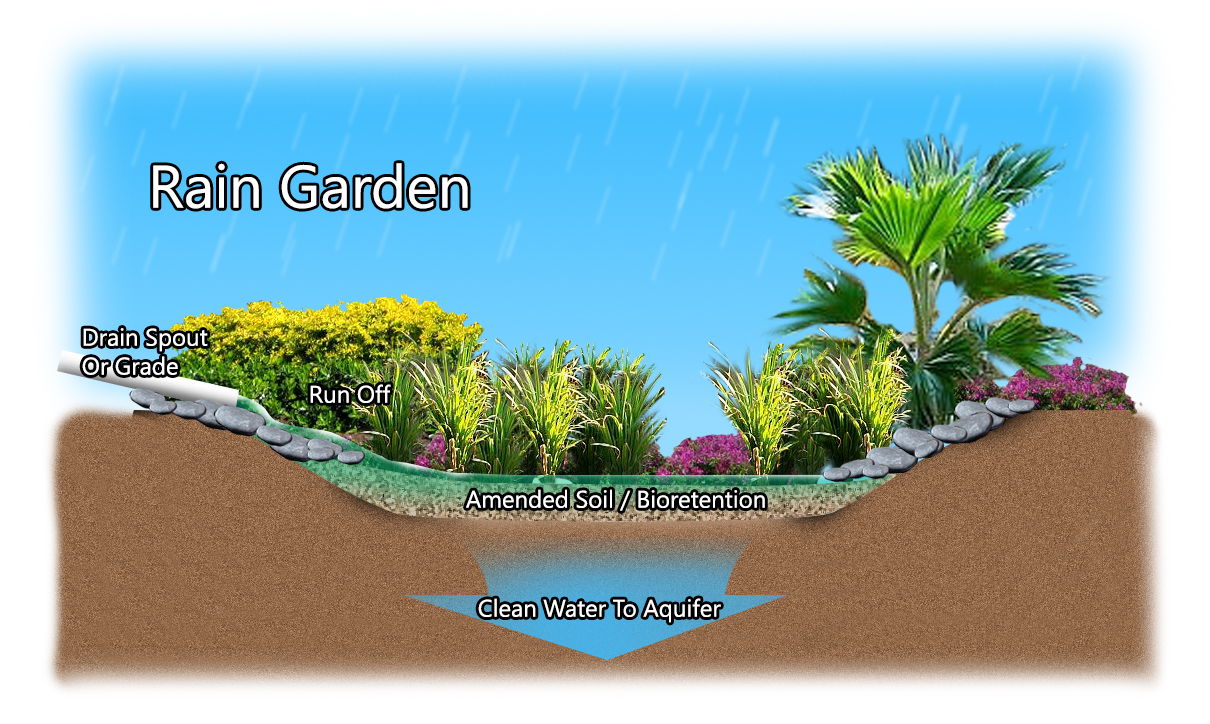
Rain Garden Wolf Creek Wholesale Irrigation Landscape Lighting Drainage Ponds Golf Turf Systems Training Project Support
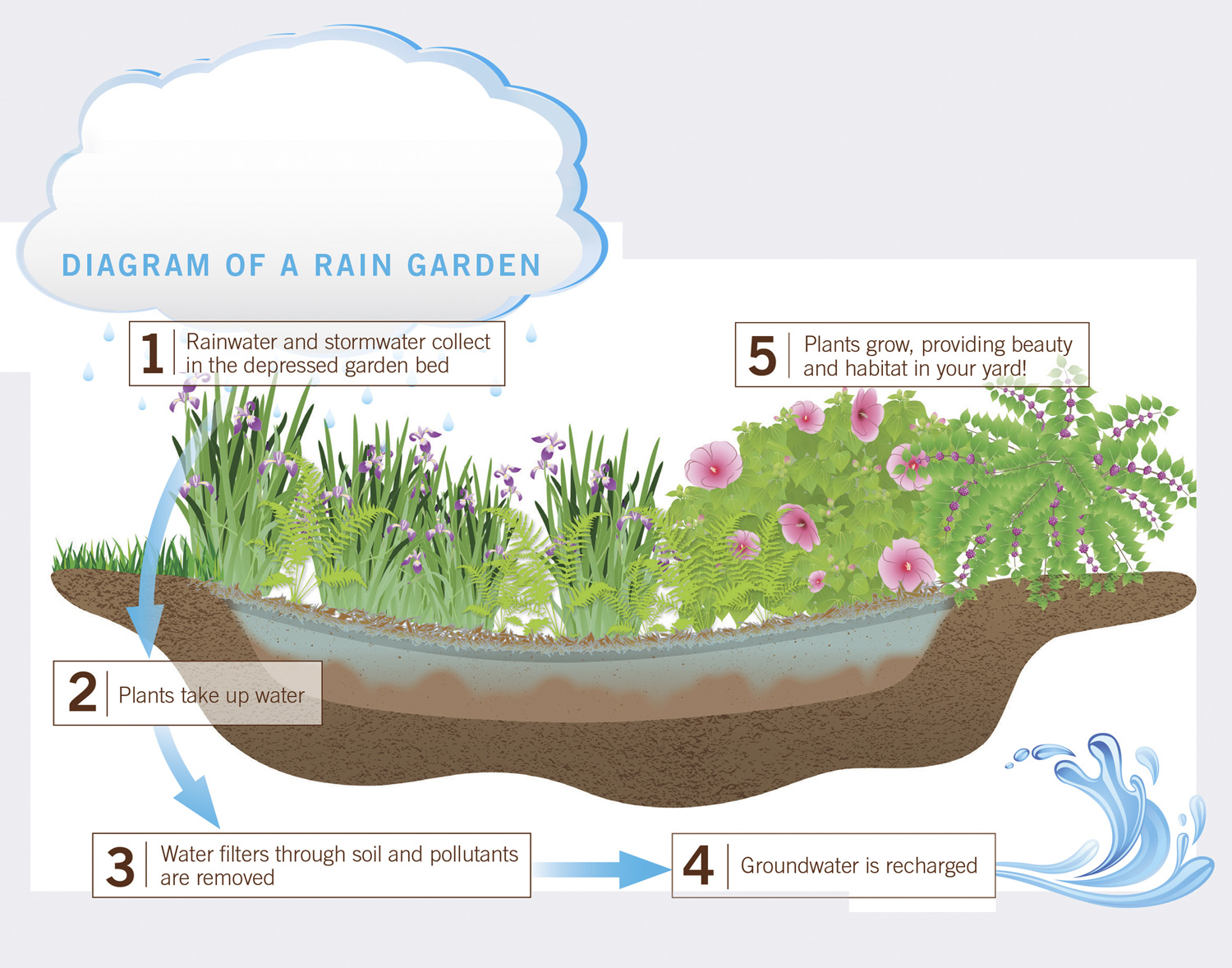
Rain Gardens Offer Solution To Storm Water Pollution Edible Columbia

Rain Gardens Neighborhood Nursery Rain Garden Rainwater Harvesting System Rainwater Harvesting
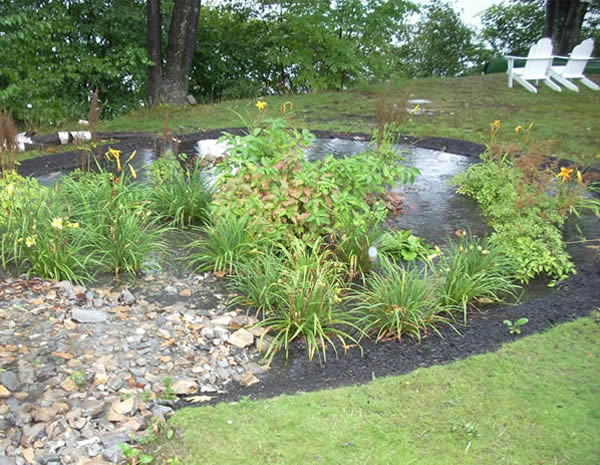
Soak Up The Rain Rain Gardens Us Epa

Rain Garden System Expands Environmental Benefits Offers Opportunities To Teach Green Infrastructure Western Pennsylvania Conservancy
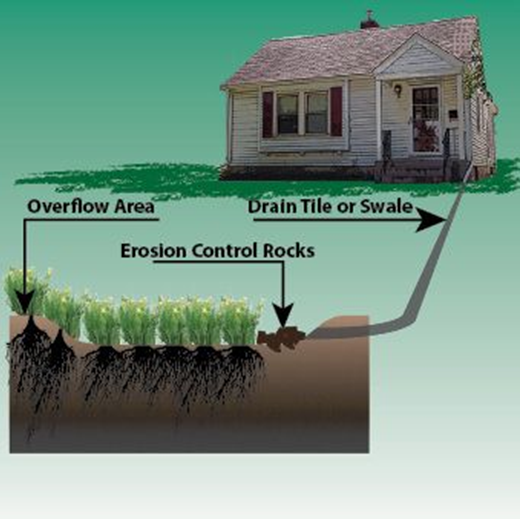
Designing And Installing A Rain Garden
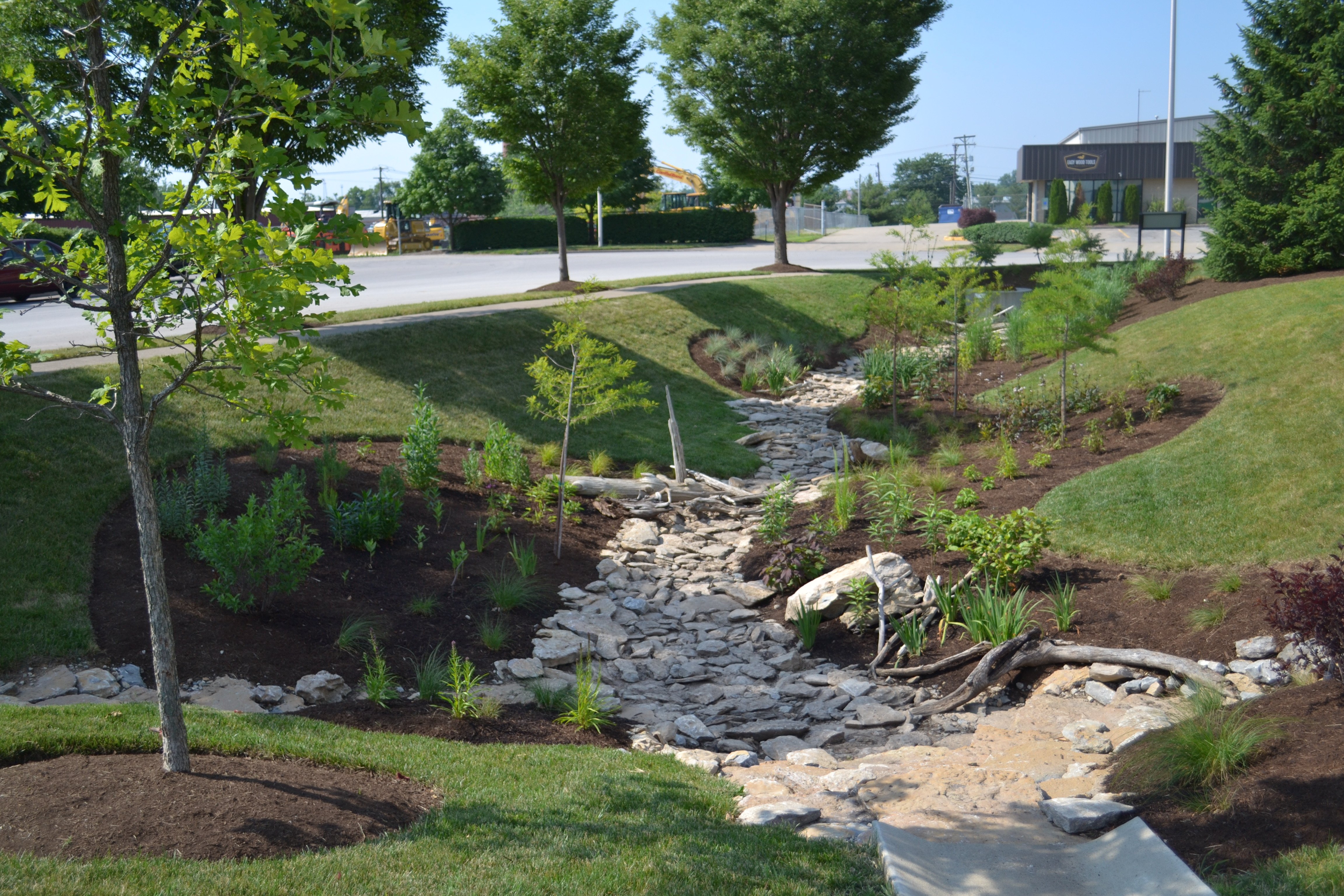
What Is A Rain Garden Exactly 3 Types Of Rain Gardens 2 Myths 6 Benefits
